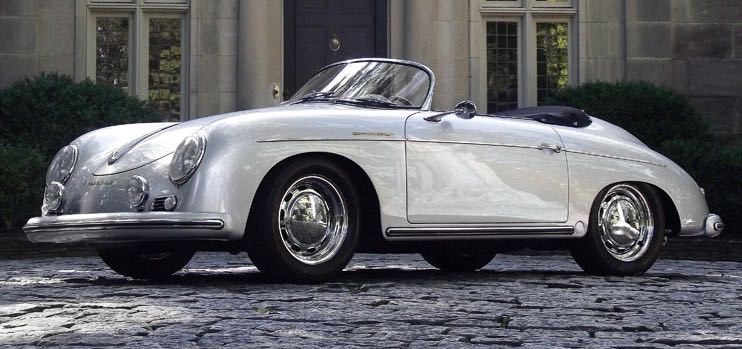“No longer available” – for collectors of rare classic cars, the unavailability of spare parts can quickly lead to problems. In the worst case scenario, the car may even be forced out of action. Porsche Classic, the division of Porsche dedicated to classic vehicles, has come up with a solution to this problem: namely, producing extremely rare parts that are only needed in small quantities using 3D printers. All parts that are produced using the 3D printing process meet the requirements in terms of absolute fidelity to the original specifications – both from a technical and a visual perspective.
The Porsche Classic range currently includes some 52,000 parts. If a certain spare part is no longer in stock or stock is dwindling, it is reproduced using the original tools. For larger quantities, production may require the use of new tools. However, ensuring the supply of spare parts that are only required in very limited numbers sometimes poses a major challenge, even for the experts. Producing small batches using new tools would be largely inefficient. Before embarking on a project to produce a particular component, Porsche Classic always evaluates various manufacturing processes.
Due to the consistently positive results received to date, Porsche is currently manufacturing eight parts using 3D printing. The parts in question are steel and alloy parts produced using the selective laser melting process, and plastic components manufactured using an SLS printer. SLS stands for selective laser sintering, a process where the material is heated to just below melting point and the remaining energy is applied through a laser to fuse the plastic powder at a selected point. All parts are subject to the quality requirements of the original production period as a minimum, though they usually meet higher standards. Accuracy in terms of size and fit is ensured by performing tests with the part installed. Depending on the area of application, plastic parts made of various materials as in the original must be resistant to oils, fuels, acids and light.
Porsche Classic is currently testing whether 3D printing is suitable for the production of a further 20 components. The benefits: Three-dimensional design data or a 3D scan of the component is a sufficient basis to commence production. The components can be produced on demand if needed, thereby eliminating tool and storage costs.





